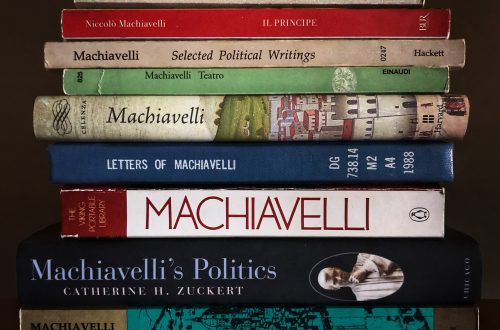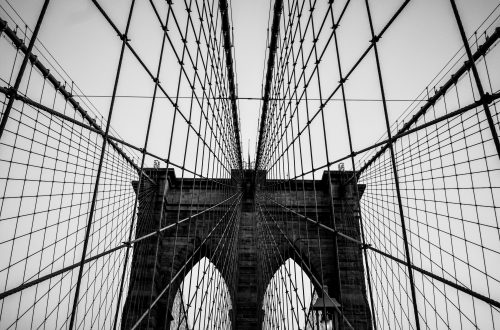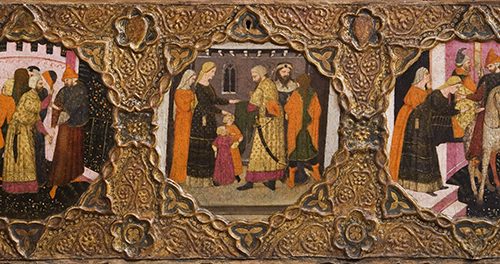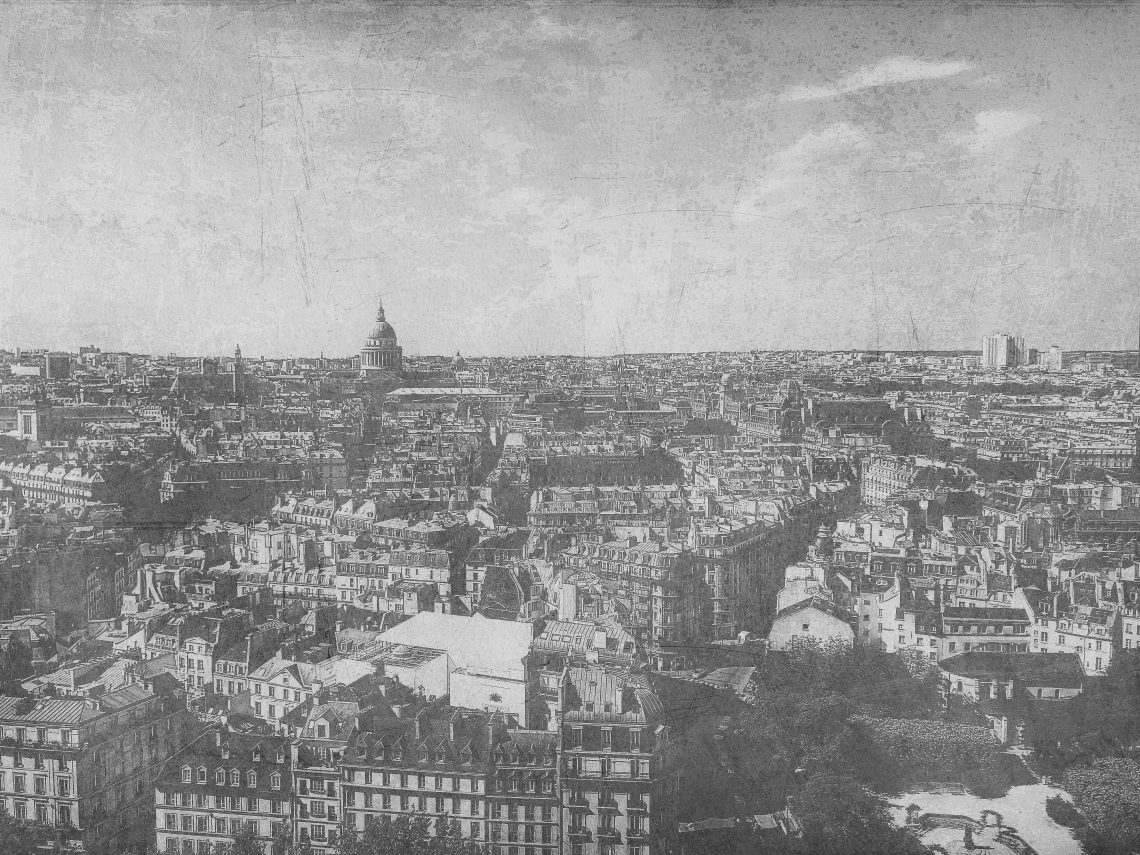
Notre-Dame de Paris
“The Cathédrale of Notre-Dame de Paris is doubtless still a sublime and majestic building. But, much beauty as it may retain in its old age, it is not easy to repress a sigh, to restrain our anger, when we mark the countless defacements and mutilations to which men and Time had subjected that venerable monument…” —Victor Hugo, Notre-Dame de Paris (1831)
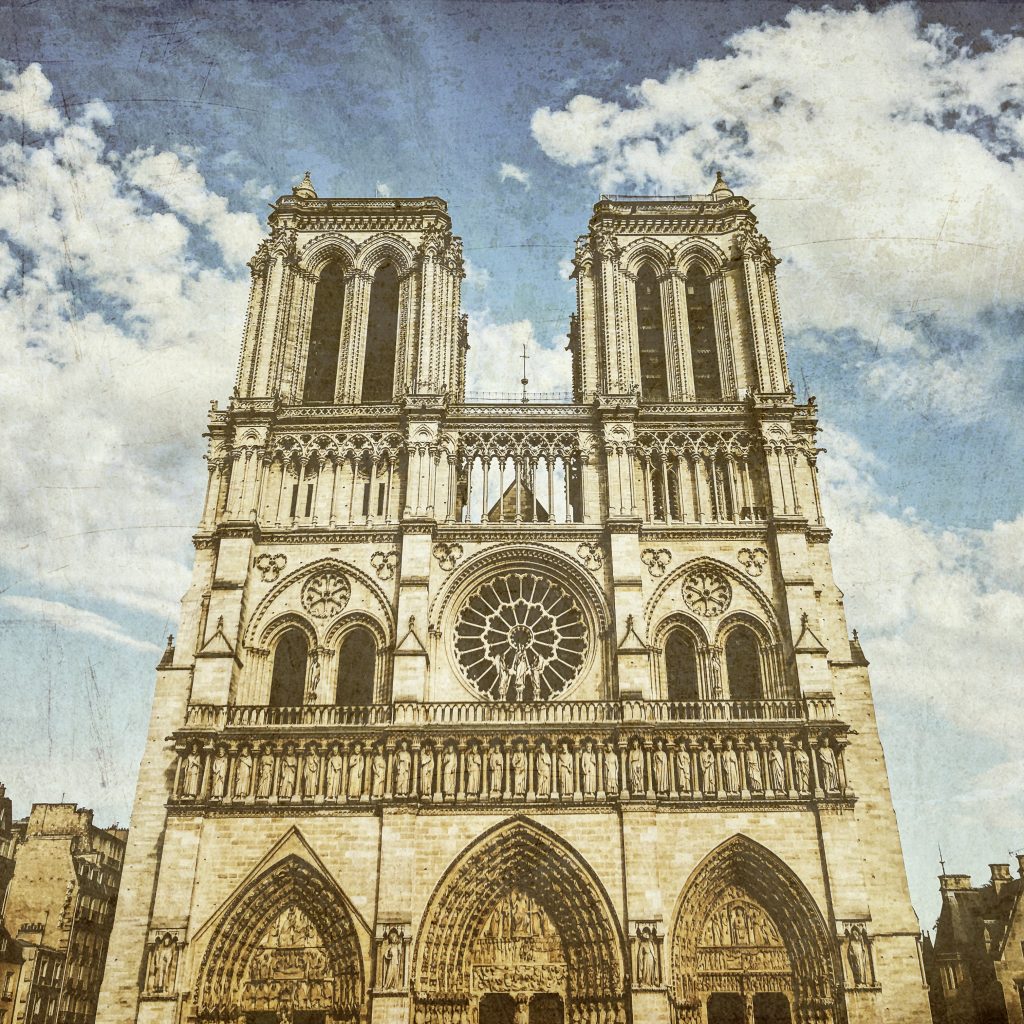
Photo taken June 2018
In the aftermath of last week’s devastating loss at the Cathédrale Notre-Dame de Paris, I’m feeling a particular impulse to get down in writing my thoughts and experiences with this monumental piece of Western history and civilization. Since last Tuesday’s fire, a number of brilliant journalists, scholars, and even every-day admirers of the cathedral have taken to the internet to share their words and photographs, and my hope here is to contribute to this collective memory with my own.
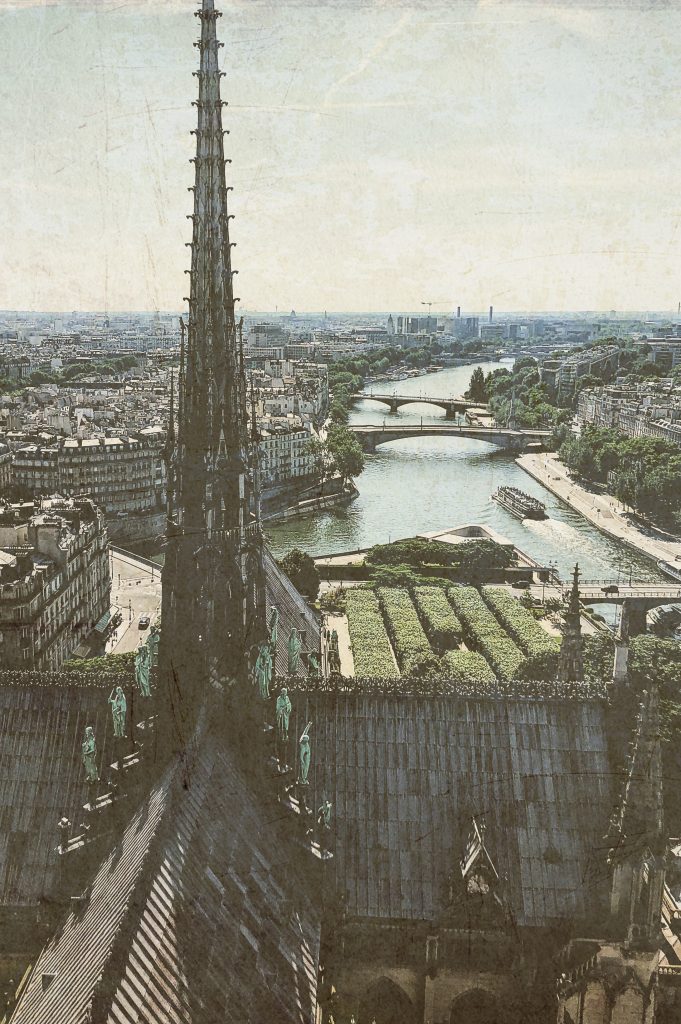
I went to Paris for the first time in 2018, which seems fairly improbable for someone who studied French for a significant number of years and now finds herself working in the Department of French & Italian at UW-Madison. Though I’ve spent a fair amount of time in Europe, it took 30 years for me to make it to the City of Lights — a trip made wholly possible by the fact that my fiancé is a professor of French & Francophone film.
Last summer, I was fortunate enough to accompany him on the study abroad program he led in Paris through our university, and we were able to spend an entire month living and breathing the City of Lights. In the mornings, he would teach while I stayed in our apartment to write and work on my own research, and we would be free to explore the city in the afternoon and on the weekends (when he wasn’t busy taking the students to see evening movies at the historic cinémathèques around Paris).
Of course, within hours of our arrival in Paris, we made our way to Notre-Dame — it had lived in my imagination for so many years that I felt the need to see it with my own eyes before I could believe that we were truly there. The Cathédrale functions as both a literal and a symbolic focal point of the city, and we would return to it over and over again in the course of our month in the city.

Notre-Dame de Paris
The centrality of Notre-Dame, and of the Île de la Cité (the island on which the Cathédrale sits) — both found right in the middle of the river Seine, which itself cuts through the heart of Paris — became my saving grace on numerous occasions: I have a terrible sense of direction (I’m talking embarrassingly poor), and while neither of us had data plans on our iPhones, we spent the month navigating the city with actual maps, which we used so much and so often that they were worn to literal tatters. But when my other half was busy teaching, or if we would plan to meet after his classes, I would find myself alone, having to get around Paris without the convenient necessity of GPS. For me, Notre-Dame became a sort of urban lighthouse; I knew that as long as I made it to Our Lady, I would be able to find my way home.
As any tourist in Paris knows, it’s also an imperative to climb the towers of Notre-Dame — the view of the city afforded from above is spectacular (including an extraordinary view of the Eiffel Tower). Climbing the towers also provides a look at the inner workings of the church, including the bell tower made famous by Quasimodo — sadly, largely made of wood, and thus part of last week’s destruction. We waited until we were in Paris for at least a couple of weekends before adding the climb to our itinerary. Thankfully, the city instituted a new system whereby you register for a time-slot online before arriving to Notre-Dame, and so we had zero wait time before we were allowed to enter.
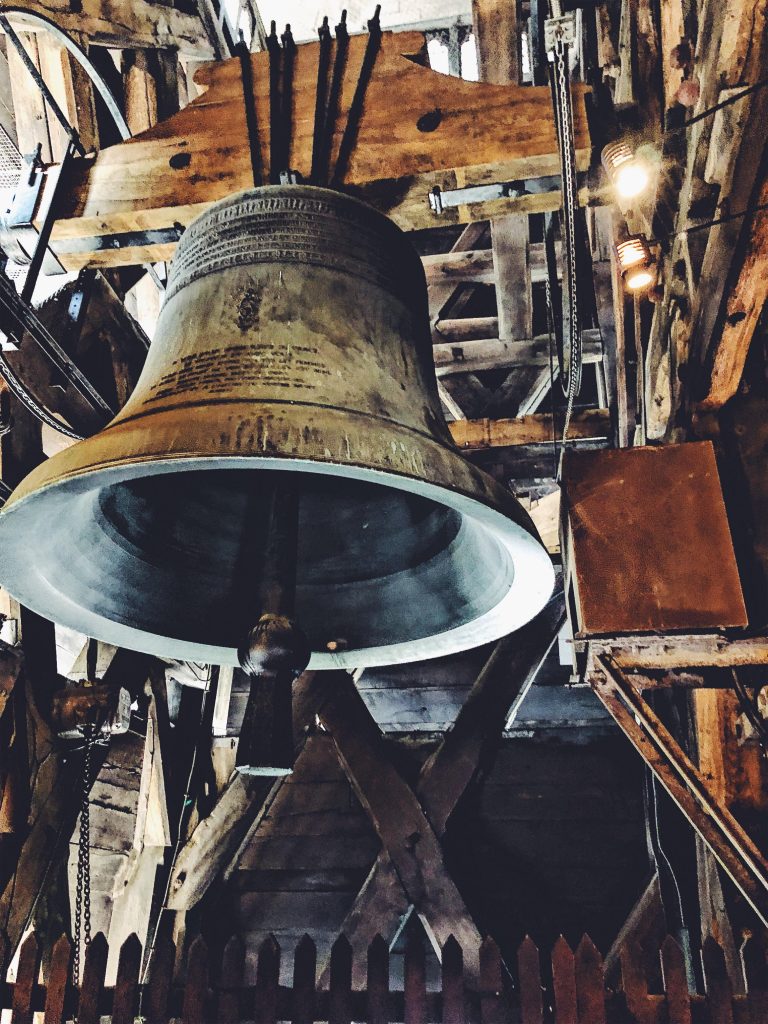
It’s difficult to imagine that all this burnt up in the fire, particularly thinking about the centuries of clergy and worshippers for whom these bells would have marked the time, the day, or the end of mass. The bells themselves are massive, awe-inspiring in age and size.
In the wake of the fire, donations have poured in from all over the world, raising over a billion dollars, and so restoration efforts will soon be underway. But: is it possible to rebuild history? Or is History as ephemeral as Time, if not preserved in our monuments, in our books, and in our photographs? What is Memory, when the tangible reality of such memory becomes destroyed?
“And he said, with a sob which heaved his mighty breast, “Oh, all that I ever loved!”
Notre-Dame de Paris, Victor Hugo (1831)
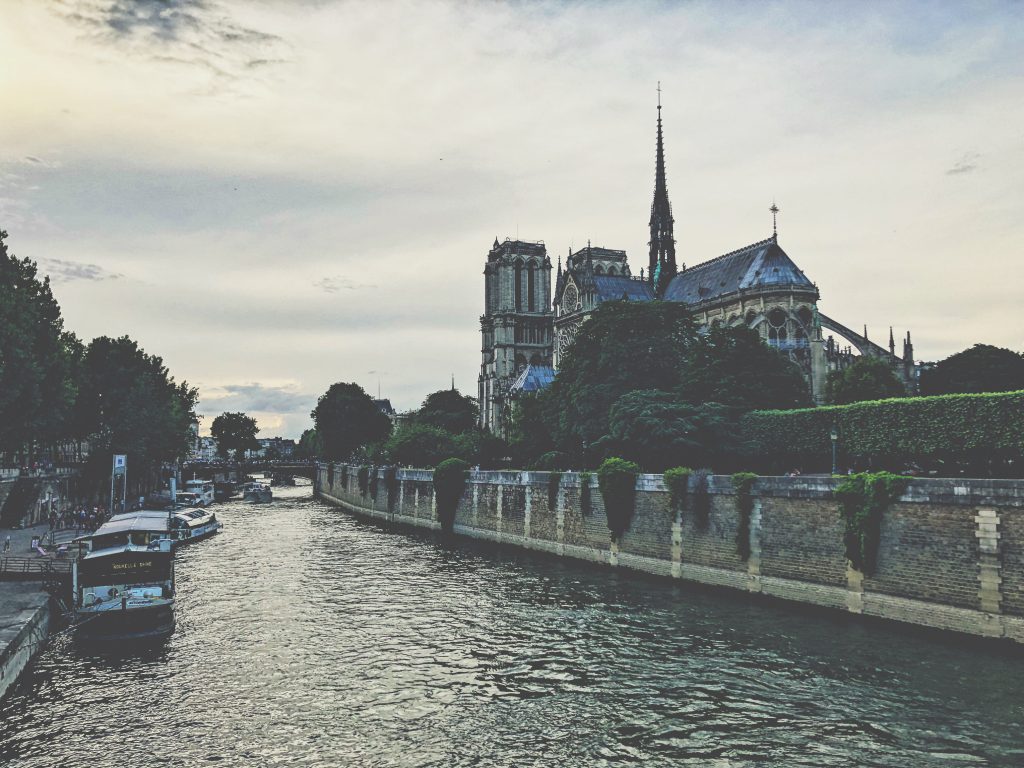
Photo taken June 2018


